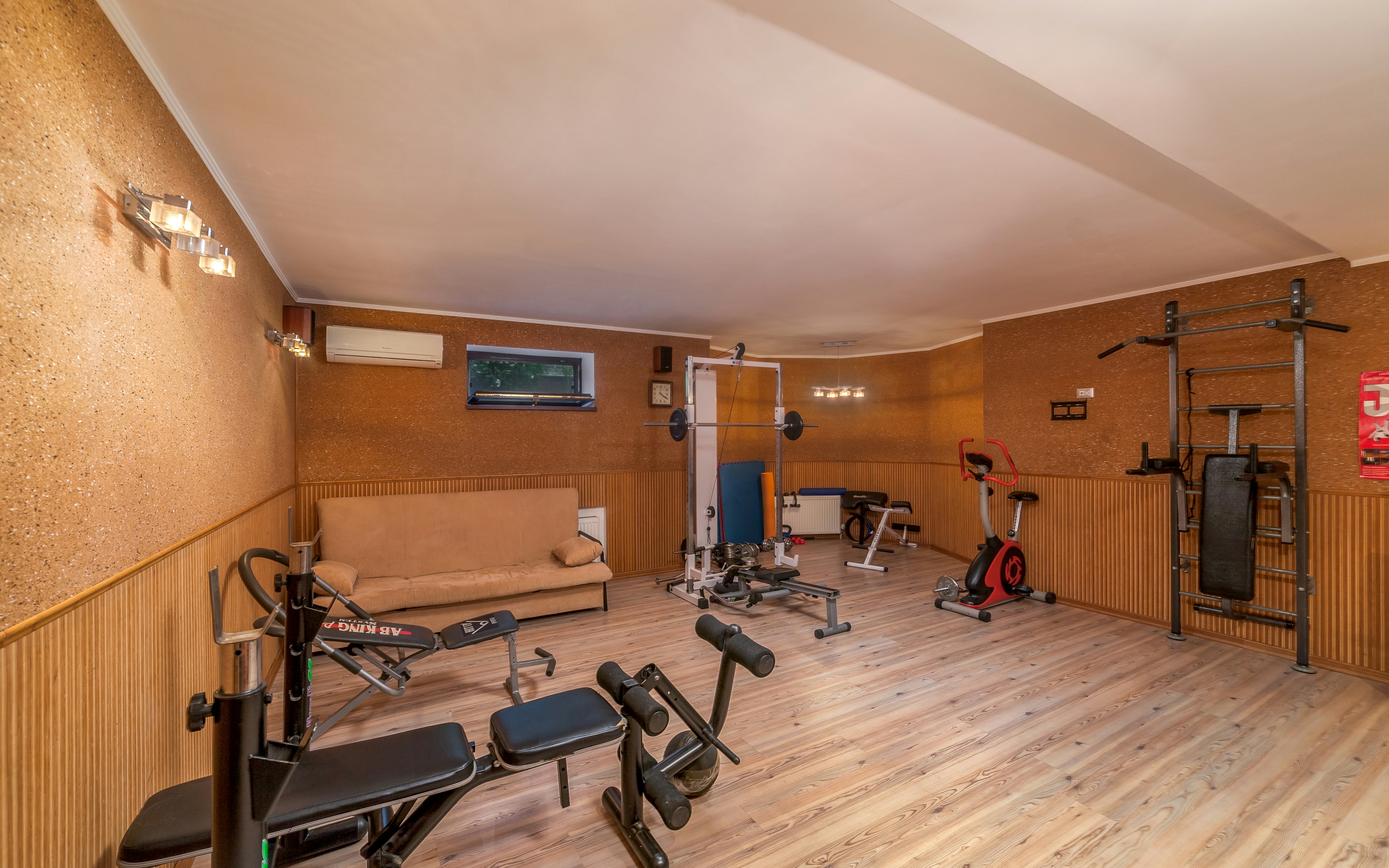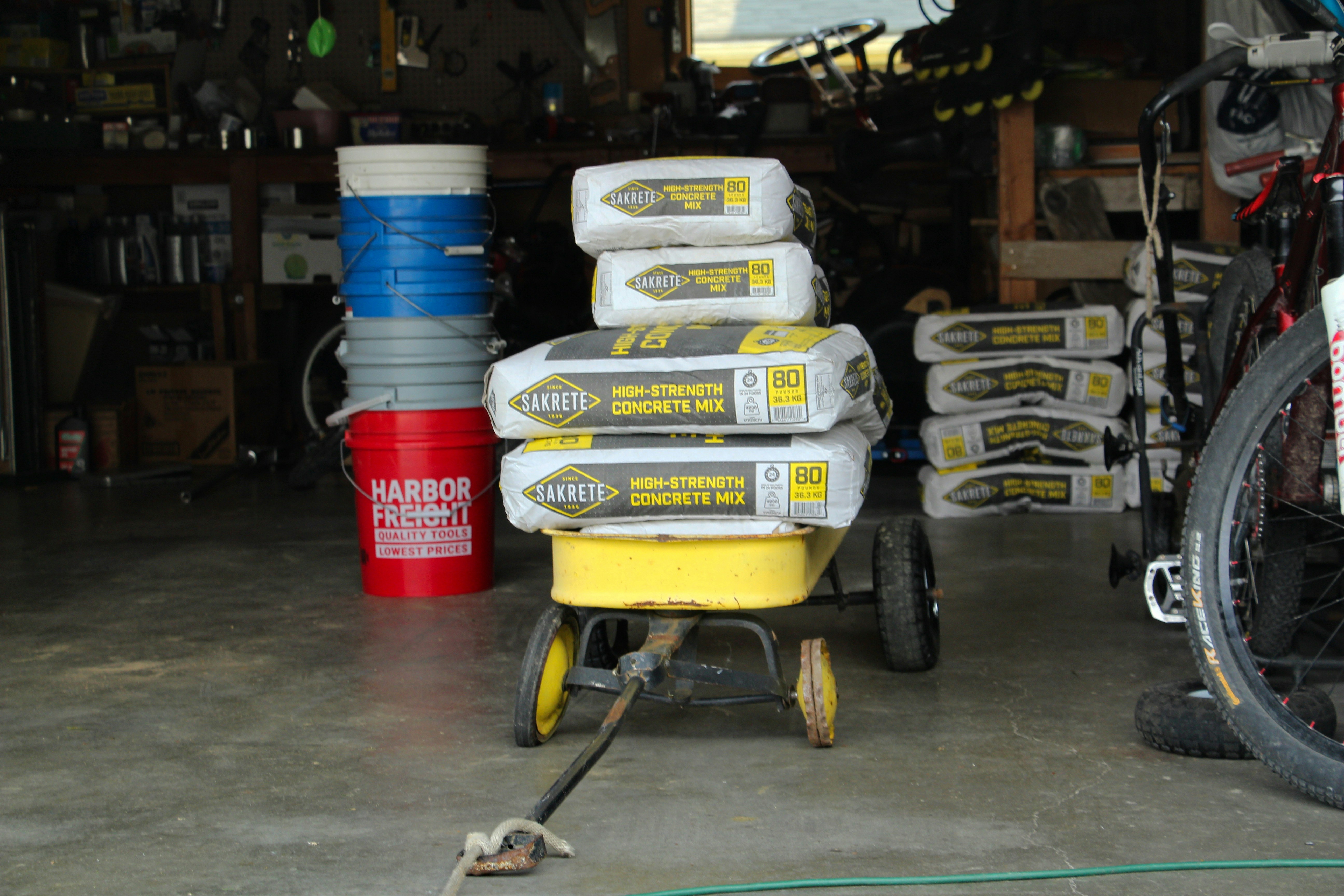Understanding R-Values: The Key to Insulation Effectiveness
R-value is a critical metric used to determine the thermal resistance provided by insulation materials. It quantifies a material’s ability to resist heat flow, where a higher R-value indicates greater insulating effectiveness. This measurement is essential for homeowners seeking to optimize energy efficiency, particularly in climates like that of Indianapolis, where temperature fluctuations can significantly impact heating and cooling demands.
The significance of R-values extends beyond mere numbers; they provide essential guidance for selecting appropriate insulation types. Common insulation materials include fiberglass, foam, and cellulose, each with distinct R-value characteristics. For instance, fiberglass insulation typically has an R-value ranging from R-2.9 to R-4.3 per inch, while closed-cell foam can offer R-values between R-6.5 to R-7. The choice of insulation not only influences energy consumption but also affects overall comfort levels within the home.
When considering insulation, homeowners should also take regional climate factors into account. R-values can vary depending on geographic location, as areas with severe winters and humid summers require higher insulation performance. In Indianapolis, which experiences both cold winters and hot summers, optimal R-values are crucial for maintaining comfortable indoor temperatures and minimizing energy expenditure. The recommended R-value for attics in this region typically hovers around R-49, while wall insulation tends to be around R-13 to R-21. Understanding these requirements enables homeowners to make informed decisions when upgrading or installing insulation, thereby enhancing energy efficiency and sustainability.
In summary, a comprehensive grasp of R-values allows homeowners to evaluate insulation options critically and select materials that meet or exceed local requirements. This knowledge ultimately leads to improved energy performance in residences across Indianapolis.
The Energy Efficiency Needs of Indianapolis Homes
Indianapolis experiences a humid continental climate, characterized by cold winters and warm, humid summers. The temperature can descend to around 20°F (-6°C) during the winter season, making effective insulation vital for maintaining a comfortable indoor environment. It is crucial for homeowners to choose insulation materials with appropriate R-values that correspond to the local climate, ensuring consistent and efficient energy use throughout the year.
In insulation, the R-value measures the resistance to heat flow; higher numbers indicate greater insulation effectiveness. For Indianapolis homes, the recommended R-values can vary across different areas. For attics, which typically lose a considerable amount of heat, a recommended R-value between 38 to 60 is suggested. This level ensures that homes remain warm during the colder months while reducing heating costs significantly.
Walls also play a critical role in overall energy efficiency. A minimum R-value of 13 is generally advised for exterior walls. For homes that have finished basements, insulating these spaces sufficiently is equally important, with recommendations typically falling within the R-value range of 15 to 20. This insulation strategy not only enhances comfort but also minimizes energy consumption, which can lead to substantial savings on utility bills.
Moreover, the performance of insulation is influenced by moisture levels in the air; thus, homeowners need to consider basements and crawl spaces, where humidity can be high. Implementing vapor barriers alongside proper insulation can aid in maintaining optimal energy efficiency. By understanding these requirements and their implications for insulation selections, homeowners in Indianapolis can ensure their residences are prepared to manage seasonal temperature fluctuations efficiently.
Choosing the Right Insulation for Your Home
When selecting insulation for your home, it is crucial to consider the R-value, which measures the material’s thermal resistance. Homeowners in Indianapolis should aim for an R-value suitable for their specific climate, typically ranging between R-13 to R-30 for walls and R-38 to R-60 for attics. Nonetheless, it is also essential to evaluate the insulation type based on various factors, such as budget constraints, ease of installation, and personal preferences.
There are several insulation materials available, each with distinct advantages and disadvantages. Fiberglass is one of the most common choices due to its reasonable cost and satisfactory R-value. It is non-combustible and does not promote mold growth; however, it can be irritating to handle and may require protective gear during installation. Another popular option is spray foam insulation, which provides superior air sealing and higher R-values, making it an excellent choice for energy efficiency. However, spray foam tends to be more expensive and requires professional installation.
Cellulose insulation is an eco-friendly alternative, made from recycled paper products. It offers good R-values, is treated for fire resistance, and can be blown into existing wall cavities, making it an attractive option for retrofit applications. On the downside, cellulose can settle over time, reducing its effectiveness, and requires careful handling to prevent moisture retention.
When evaluating insulation options, consider not only the initial cost but also the long-term performance and longevity. Some materials may be more cost-effective over time due to reduced energy consumption and lower utility bills. Additionally, think about the environmental impact of the materials used and their sustainability. Choosing insulation that balances performance, cost, and environmental consciousness can enhance your home’s energy efficiency in the long run.
Maximizing Energy Efficiency: Installation and Maintenance Tips
When it comes to maximizing energy efficiency in Indianapolis homes, proper installation of insulation is crucial. It is advisable for homeowners to engage professional services for assessing insulation needs and conducting the installation process. Professionals bring expertise to determine the appropriate R-Value that matches the specific climate requirements and structural characteristics of the home. This ensures that the insulation is installed correctly to effectively reduce energy consumption by maintaining indoor temperatures. While DIY methods may seem cost-effective, they often lack the precision and knowledge that professionals provide, which could lead to inadequacies in insulation performance and energy inefficiency.
Once insulation is installed, maintaining its integrity over time is essential to ensure continued energy efficiency. Regular inspections are key to identifying potential issues that may arise. Homeowners should be on the lookout for signs of moisture accumulation or pest infiltration, which can compromise the effectiveness of insulation. Moisture can lead to mold growth, which not only diminishes insulation performance but also poses health risks. Additionally, pests such as rodents may nest within the insulation, further reducing its efficiency. Regular inspections can help catch these issues early, allowing for prompt action to address repairs or replacements.
Moreover, there are specific indicators that suggest insulation may need to be replaced or upgraded, including increased energy bills, noticeable drafts, or fluctuations in interior temperature. Homeowners must therefore remain vigilant and proactive about their insulation’s condition. By doing so, they can ensure that their home remains energy efficient and comfortable year-round. In conclusion, understanding the proper installation and maintenance of insulation not only empowers homeowners to make informed decisions but also helps sustain energy efficiency in their homes, leading to cost savings and a reduced environmental impact.
If you’re interested in purchasing the item you seek, please click the link for additional details: #americanachoice.
https://amzn.to/3SBN3Oy
AFFILIATE DISCLOSURE: I am an affiliate for this company, I am not a paid employee.
I may receive a commission if you click a link on this page and choose to purchase something.
You can rest assured I will only share things I believe in and will be valuable to you.



